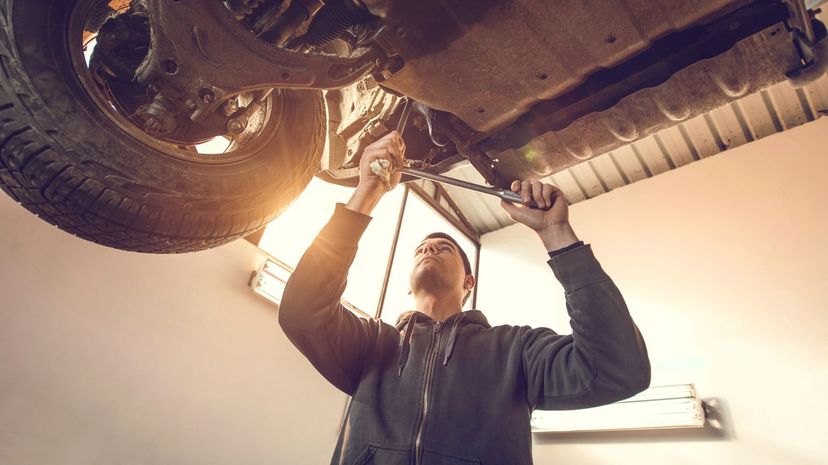
About This Quiz
"Knowledge is power," that's what they say, right? As the world turns and the years go by, however, certain skills pieces of knowledge aren't valued as much as they used to be. But something that hasn't lost its worth is automotive knowledge. Everyone knows the first person they'd call if they were having car trouble. And, if you're the person who gets called, then you're probably quite popular.
But are you as good a car doctor as you think? Do you know what things would likely cause blue, black or white smoke to come from an exhaust? When you apply the brakes, can you assess their condition based on what you hear? If your friend tells you that their car is pulling to the left, what parts do you tell them to check first? The tires? The shocks? The brakes?
Maybe your knowledge isn't up to that of a mechanic, but your friends certainly want you there when they're speaking to one. It's time to find out where you stand: Are you the person who gets called or the one who needs to call someone else when there's car trouble?

A leaky coolant system is probably the most common reason that a car's engine overheats. Your car's cooling system is essential for keeping its engine's temperature at a safe level. As the coolant drains, the car's cooling system won't perform as well as it should and the engine will eventually overheat.
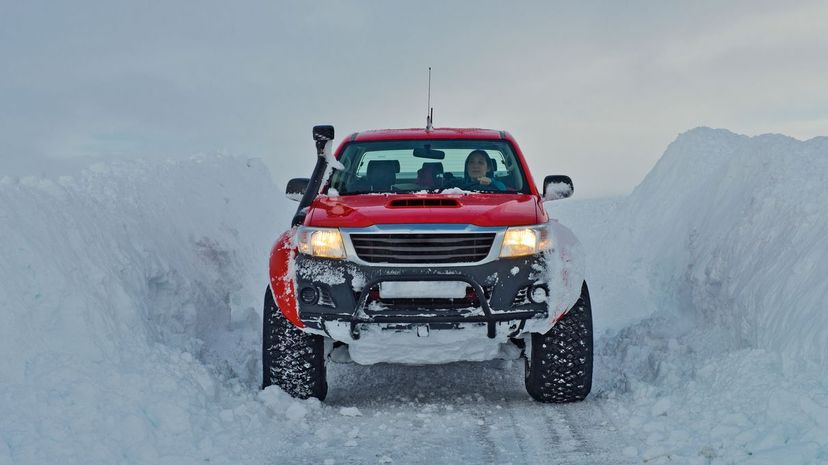
On front-wheel-drive cars, the two front tires generally wear out faster. On front-wheel-drive cars, the front tires are responsible for accelerating, steering and the majority of the braking. This puts a lot more force through the front tires, causing them to wear out faster than the rears.
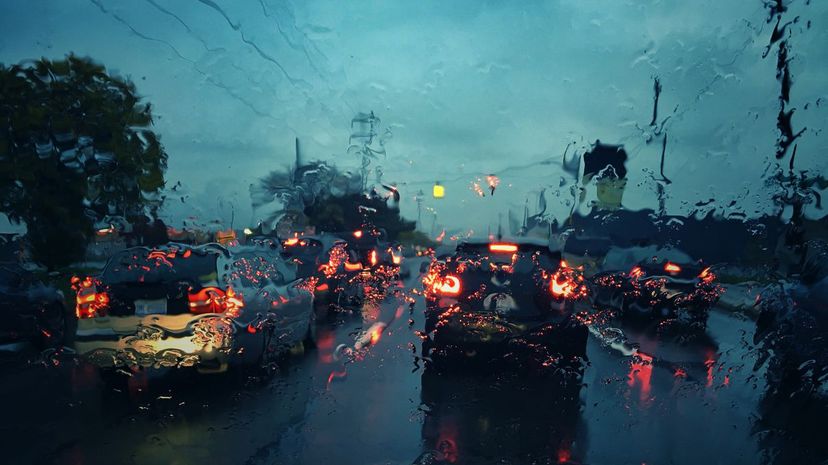
The main purpose of thread on a car tire is to kick out water from the road: This provides a drier surface for the tire to ride on. If the tread has worn away, there's a much higher chance of hydroplaning when it's wet.
Advertisement
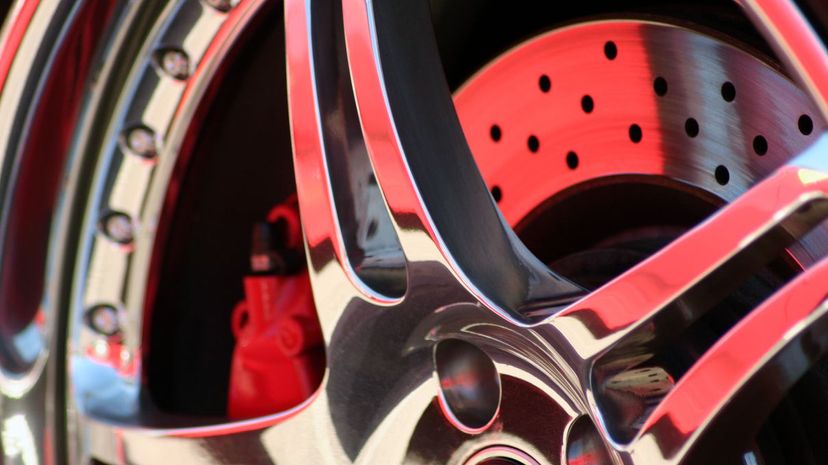
A car's wheel bearings allow its wheels to turn without friction and also help support the vehicle's weight. If they start to fail, they will directly affect the car's driveshaft. Normally, bad wheel bearings only cause the steering wheel to shake when the car takes a corner.
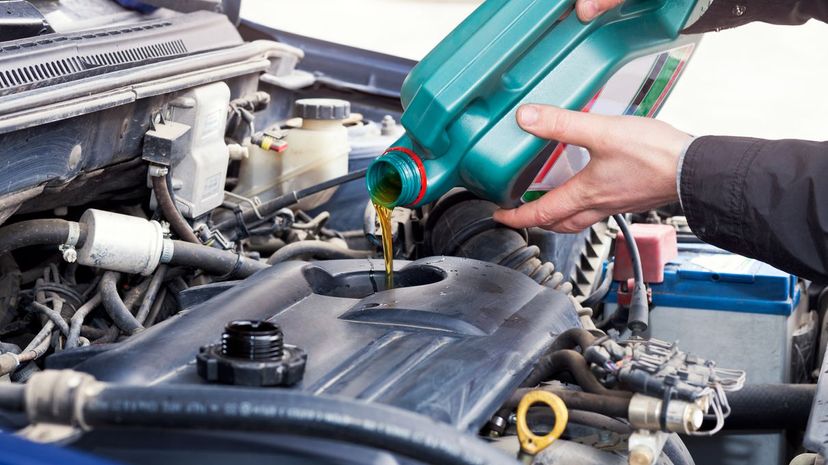
A lot of parts need to move very quickly for engines to produce power: This means that they run hot. These moving parts create a lot of friction, which is where engine oil comes into play. Engine oil acts as a lubricant, so it reduces friction and stops the engine from overheating.

One of the alternator's jobs is to recharge a car's battery. If the alternator fails, then the car's battery won't recharge and will keep supplying energy to the car's electrical components until it dies.
Advertisement
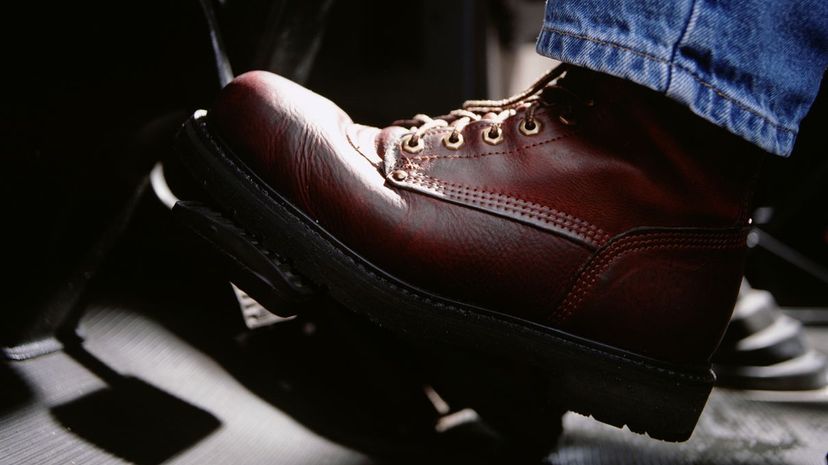
If you hear a grinding sound when you apply the brakes, it's usually because the brake disc is coming into contact with the caliper. This will happen if your brake pads have almost completely worn away. If you hear this, you need to get to a garage ASAP.
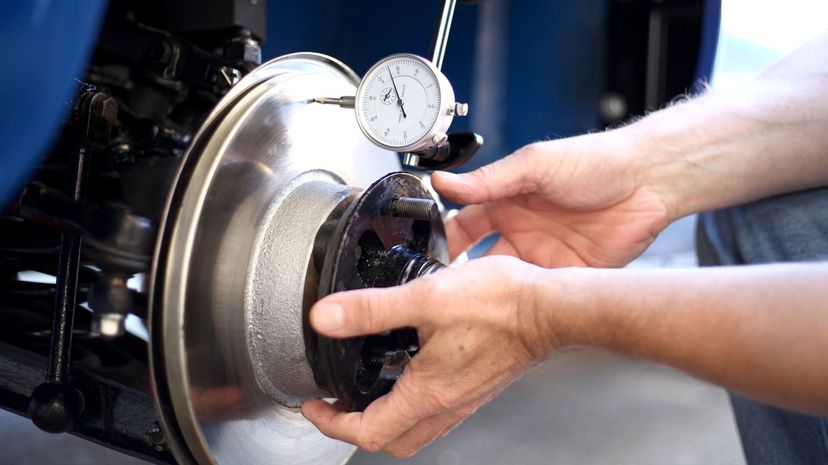
When a car's brakes fade, there's a temporary reduction or complete loss of braking force. As heat builds up on the surface of brake discs and brake pads, these components aren't able to generate sufficient friction. Braking systems rely on this friction to operate properly.
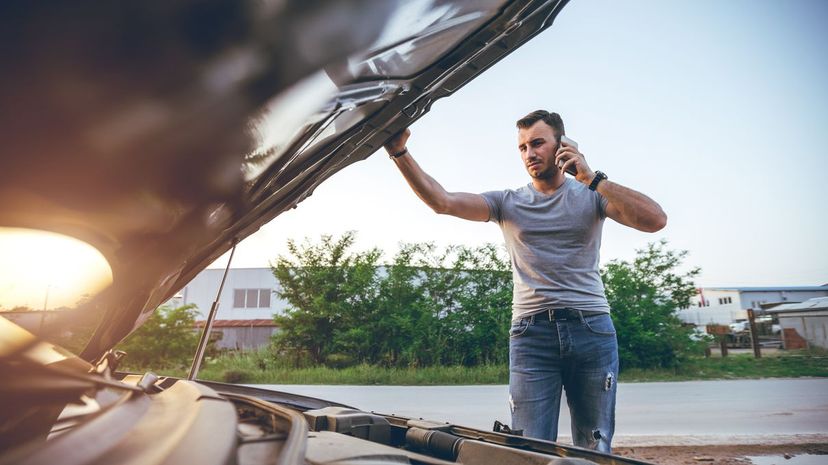
No competition here, a problem with your car's battery is the most likely reason it won't start. This could be down to you leaving the lights on or a faulty electrical system that drained the battery. Or it could be because the battery has come to the end of its life, which could be anywhere from three to five years.
Advertisement
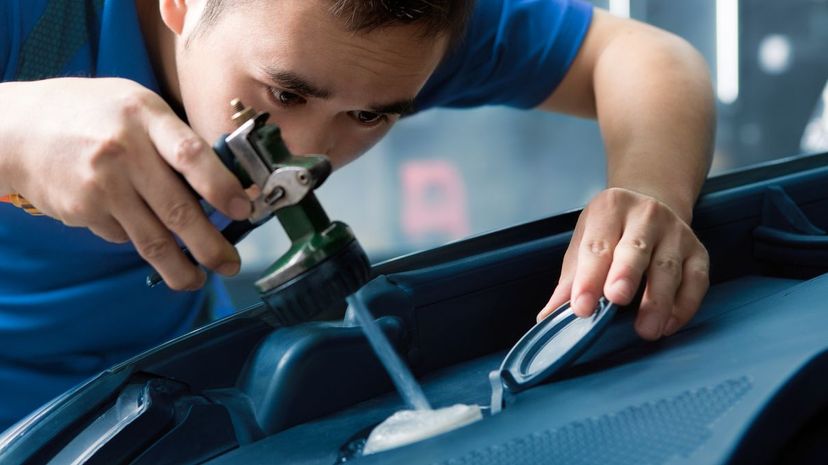
There are a lot of moving parts that cause friction in a transmission system, so transmission fluid is there to serve as a lubricant. It also helps to keep operating temperatures down and clean and protect the metal surfaces.

Letting some air out of your vehicle's tires when it's stuck in mud can be enough to help you get out. Letting some air out puts more of the tire's surface area in contact with the ground, which can provide more grip in poor conditions.
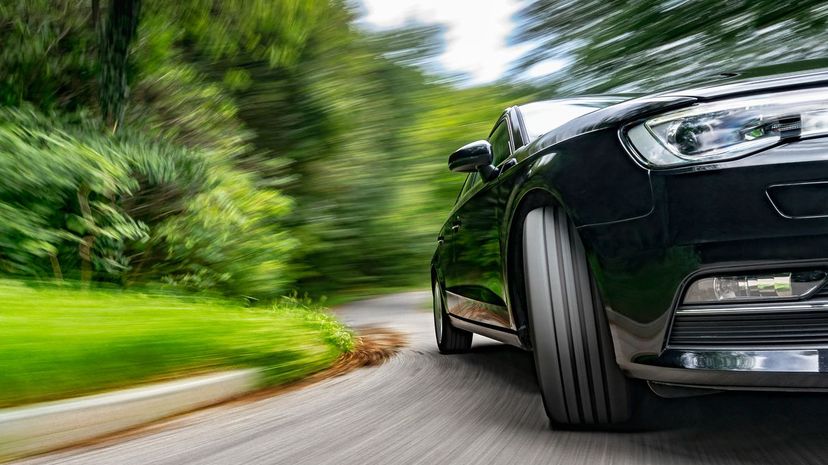
Over time, a vehicle's wheels can become misaligned. This is more likely to happen if you drive over poor surfaces, such as potholes, frequently. This misalignment means that, even if the steering wheel is straight, the car will pull to one side.
Advertisement
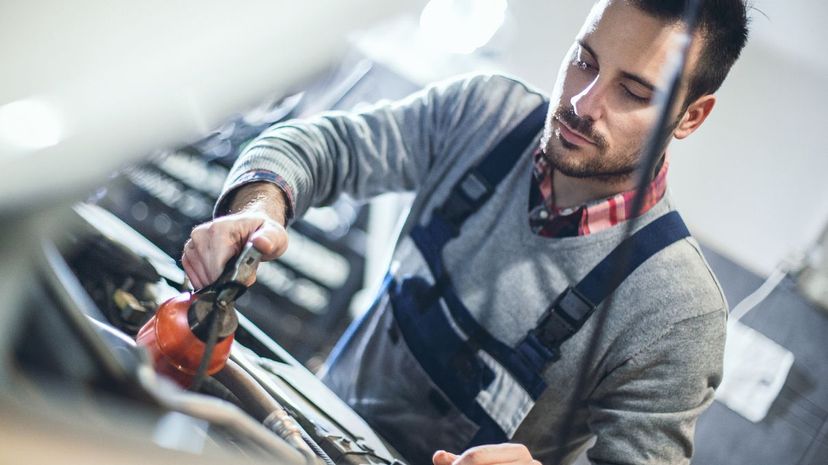
Windshield wiper fluid isn't a scam, it has crucial ingredients which mean it shouldn't be replaced with anything else: especially not WD40! Most importantly, windshield wiper fluid has an antifreeze agent that stops it from freezing when the temperature drops.
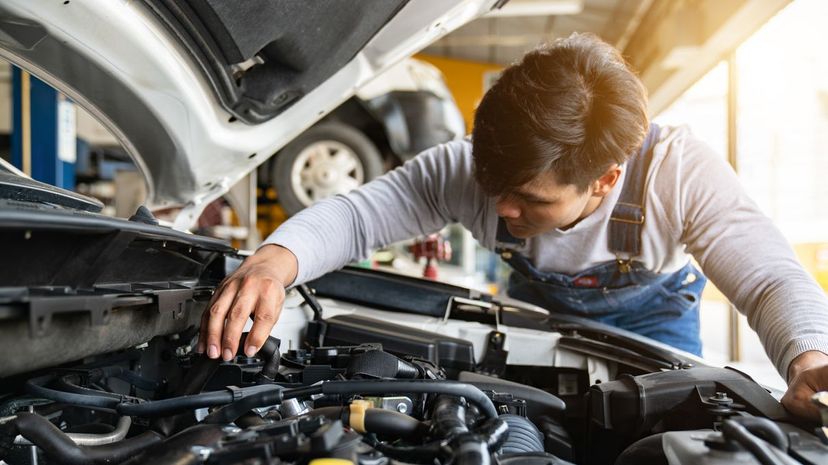
A flooded engine has an excessively rich air/fuel mixture which exceeds the upper explosive limit. This means the engine won't start until the excessively rich mixture has been cleared. Usually, this is best done by letting it sit for a while and letting evaporation work.
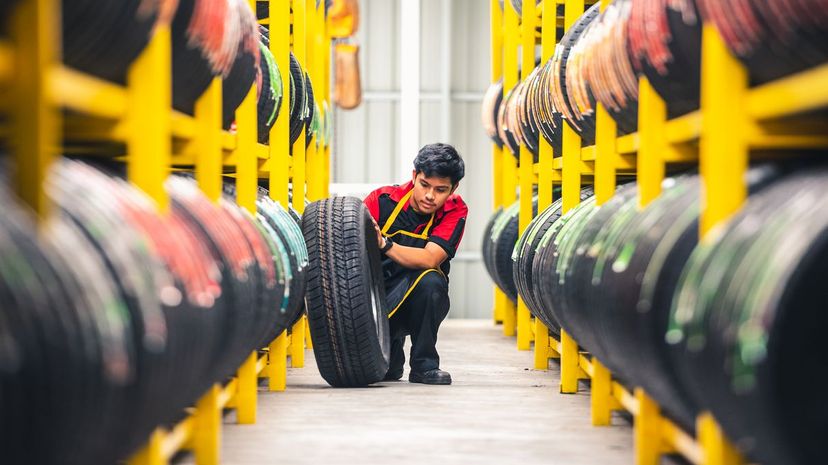
Most manufacturers recommend that car tires are inflated to somewhere between 32-35 psi. Often you can find the exact psi recommendation on the sticker on the inside of the driver's side door panel.
Advertisement
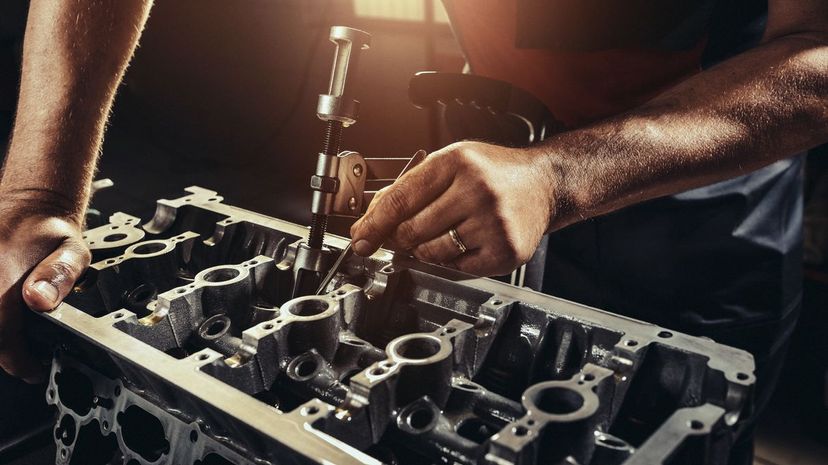
Diesel engines don't have any spark plugs, as a spark isn't used to ignite the fuel. Diesel has a lower self-ignition temperature and so can be ignited by the compression of air during a compression stroke.
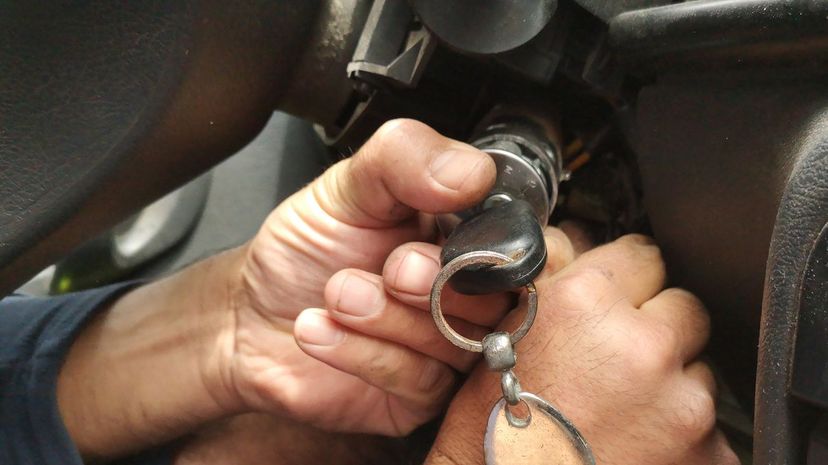
From grinding noises to the engine not turning over, numerous symptoms point to a failing starter motor. But black smoke coming from the exhaust isn't one of them.
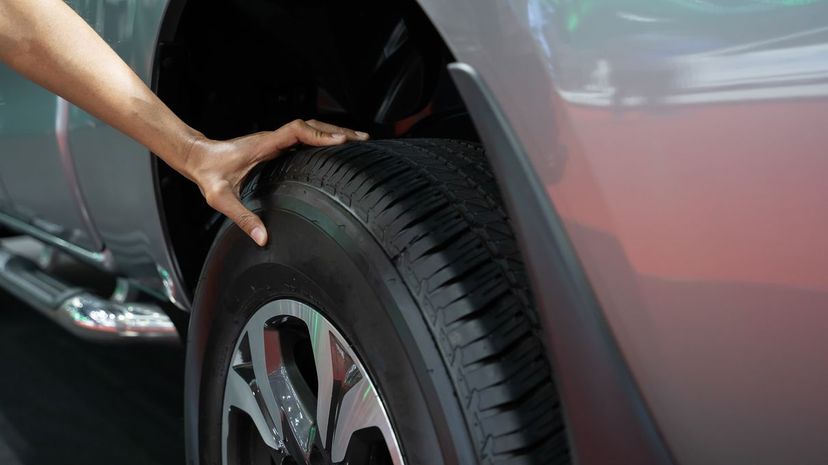
Underinflated tires can produce abnormal wear on the outside perimeter of the tire. Underinflated tires tend to fold inward, which puts greater pressure on the outside of the tire.
Advertisement
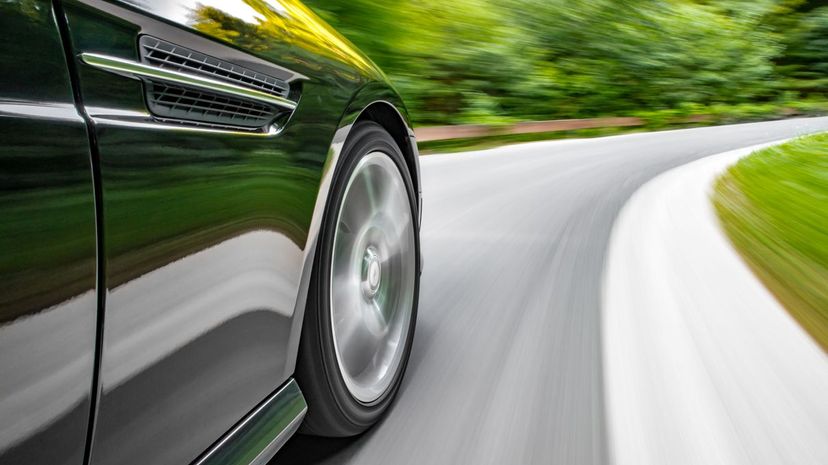
When there's too much fuel in the air/fuel mixture an engine is said to be running "rich". The inverse of this is when there's too much air in the air/fuel mixture, in which case the engine is said to be running '"lean".
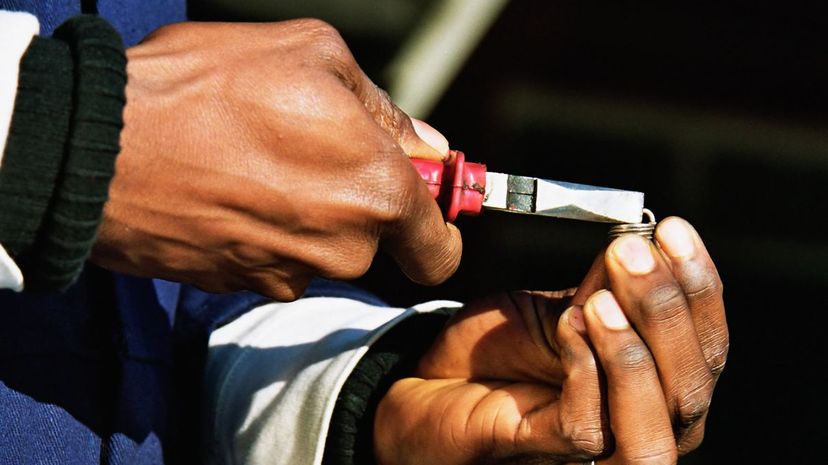
Spark plugs ignite the air/fuel mixture in a car's cylinders. So, when they're faulty or failing, there are several symptoms. Spark plugs have no impact on the braking system, however.
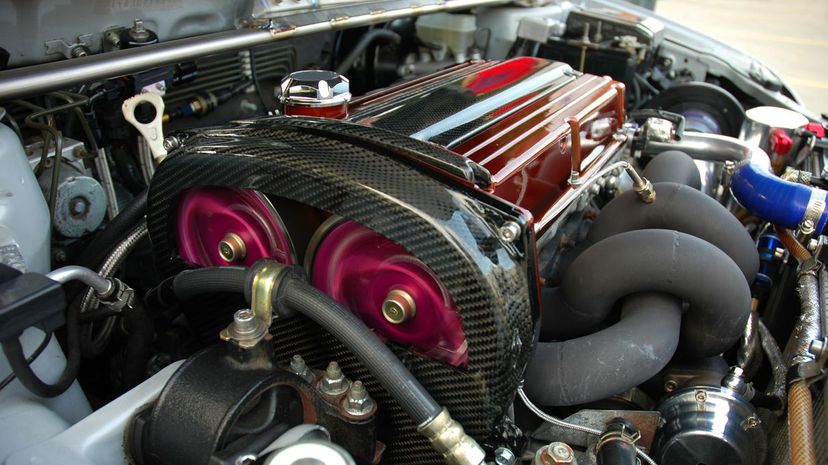
An intake valve brings a mixture of air and gas into the cylinder. A piston then moves up and compresses this mixture before a spark plug ignites it. This ignition creates an explosion in the cylinder, which pushes the piston back down.
Advertisement
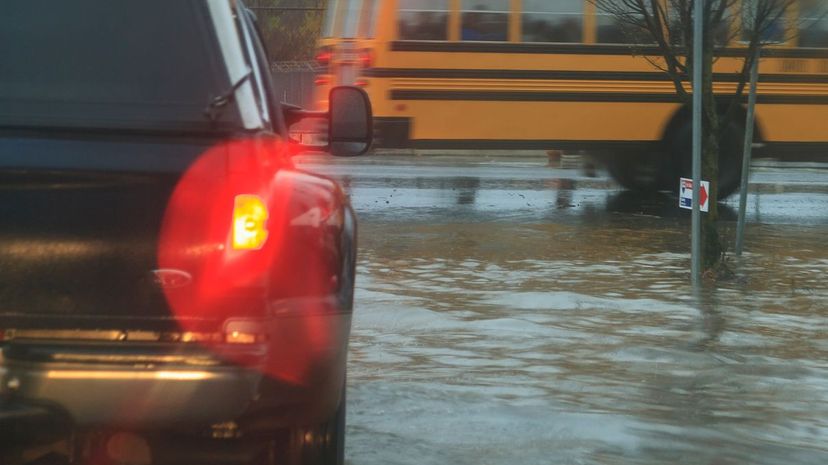
A car's blinkers are set to operate at a specific electrical resistance. When a bulb burns out the resistance is weakened, and this causes the rest of the bulbs to blink faster. Note that this is not true of all cars, but on older models it's a good rule of thumb.
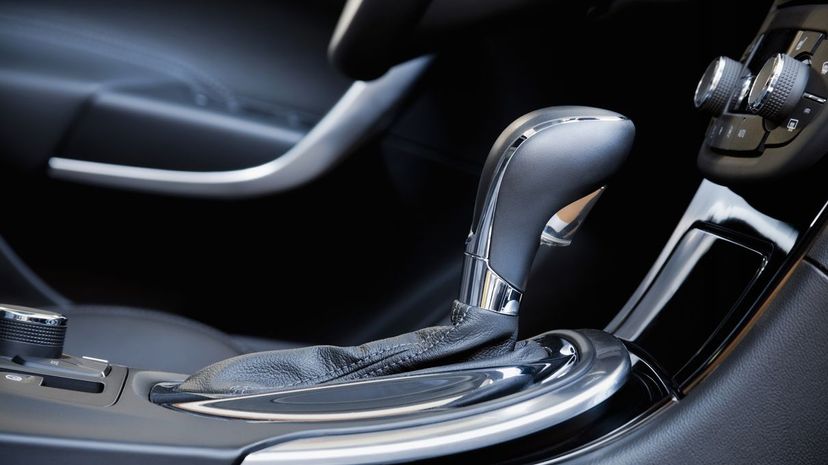
Put simply, you need to operate the clutch manually to push start a car. Push starting involves using brute force to get the car moving fast enough that the engine will start when you engage the clutch. Since you can't do this with an automatic transmission, push-starting is out of the question.
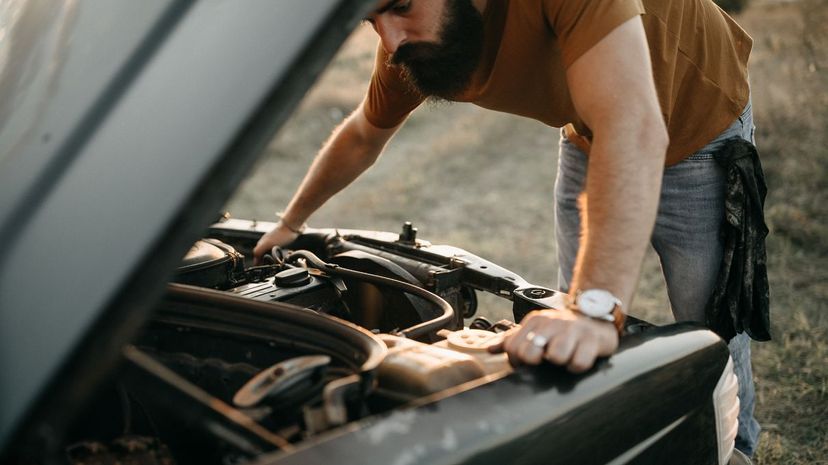
Timing belts synchronize the rotation of a car's crankshaft and camshaft. This ensures that the engine's valves open and close at the correct times. As the condition of a car's timing belt gets worse, the driver will experience more engine-related problems.
Advertisement

The fundamental job of a car's crankshaft is to translate the linear motion of the engine's pistons into rotational movement. Since the pistons are connected to the crankshaft, they won't move if it seizes.
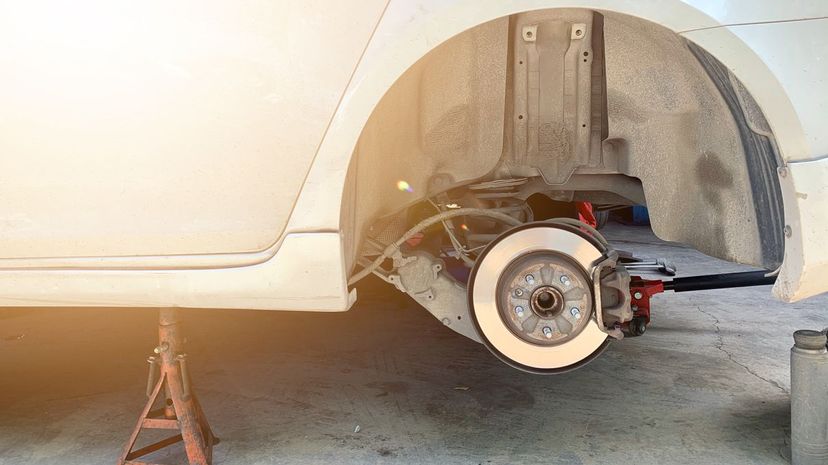
Brake calipers don't tend to stick too often, but when they do, you'll probably notice a wide range of symptoms. One of the most noticeable problems will be the car pulling to one side after you've stopped braking. This is dangerous, and certainly isn't a problem to let linger.
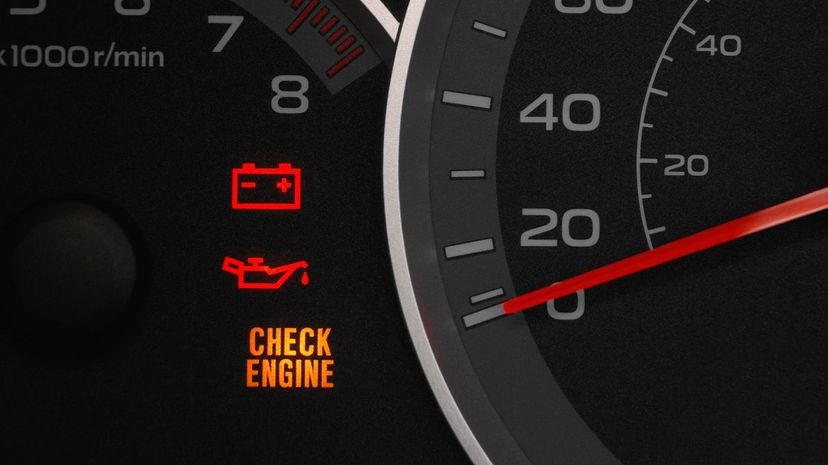
Practically every modern car has an Engine Control Unit (ECU). The ECU monitors and controls the car's electrical systems and subsystems. Your mechanic has a device that can "read" the codes generated by the ECU, although you can get one yourself for a small investment.
Advertisement
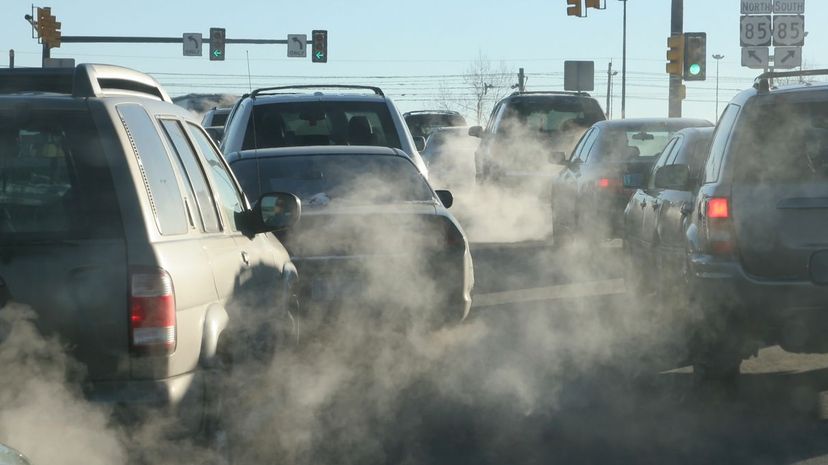
If there's too much fuel relative to the amount of air available, it can lead to incomplete combustion. Incomplete combustion of hydrocarbon fuel produces black carbon particles. These particles are what you see when looking at black smoke coming out of an exhaust.
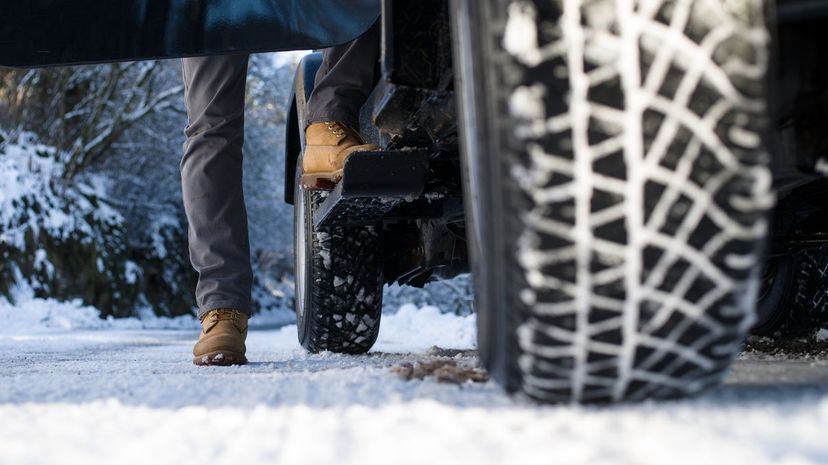
There are very few instances in which turning off your traction control would be a good idea. But, sometimes, reducing your car's power can hinder its progress, like when you're stuck in deep snow. If the traction control is enabled under these conditions, it may prevent you from getting out of the snow as it will keep cutting in when you lose traction.
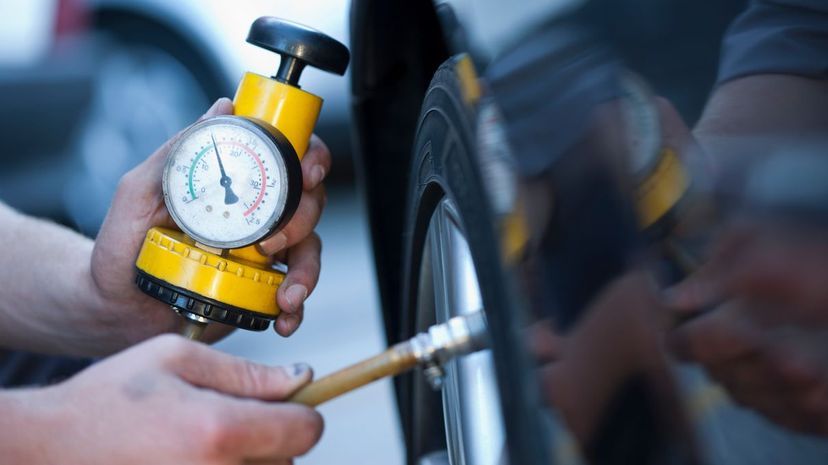
The best time to check tire pressure is after a car has been stationary for a while, as the tires should be cold. If you check tire pressure straightaway after driving, then the tires will be hot due to the friction from the road. This heat causes the air in the tires to expand and show a higher psi reading.
Advertisement
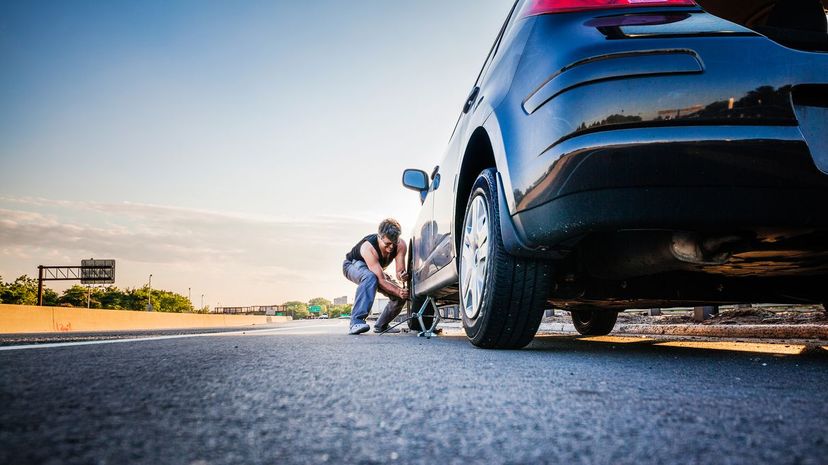
After you've mounted the spare wheel you'll need to lower the car slightly before tightening the bolts. Finally, you can lower the car completely before removing the jack and putting it back in your trunk.
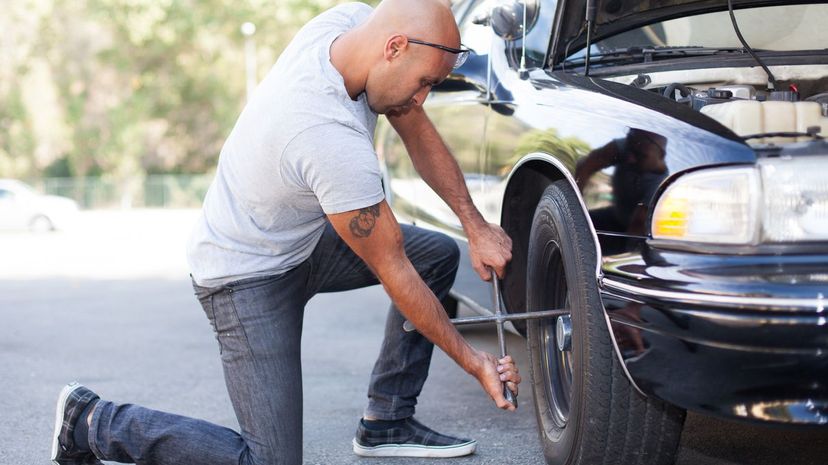
Once you've pulled over to a safe position and applied the handbrake, you need to put the wheel chocks into position. The chocks should be placed on the wheel opposite to the one with the puncture. This prevents the car from rolling while it's jacked up. So if the front-left tire is flat, place the chocks on the right-rear tire.
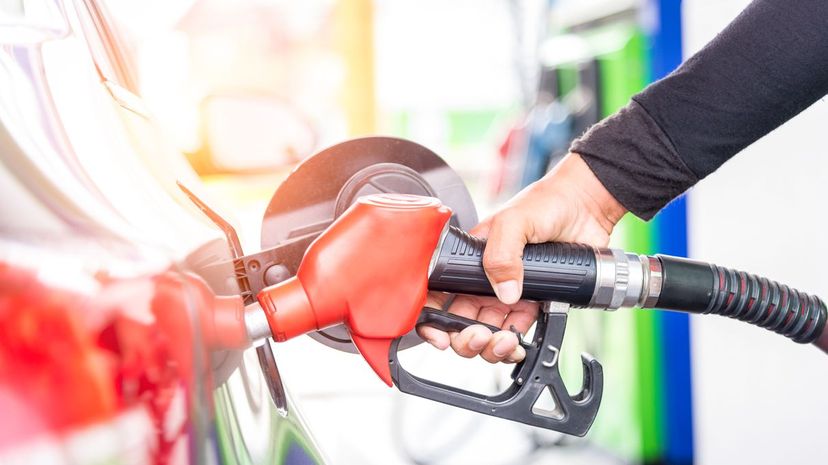
Thankfully, diesel nozzles are usually larger than gasoline nozzles which generally prevents misfilling. If diesel does get into a gasoline tank then the engine probably will start, since there will still be gas in the system ... but once the mixed fuel gets there, you're done. You shouldn't try to start the engine and will need to call a tow truck to get you to a garage.
Advertisement
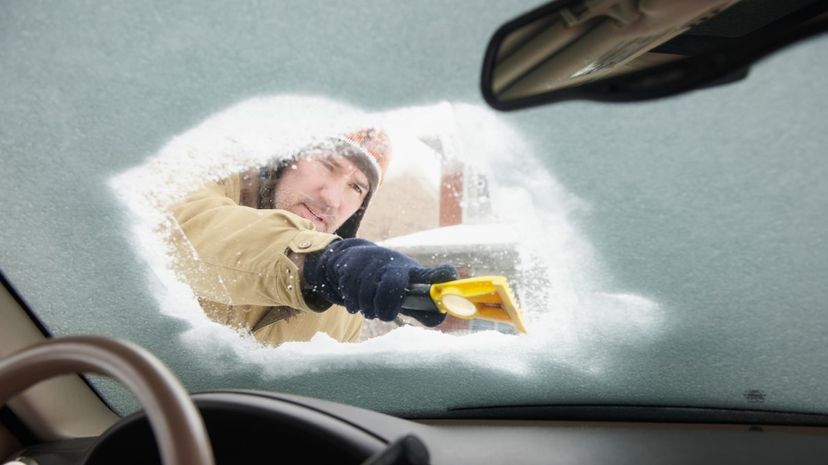
A saltwater solution will dissolve the ice on a windshield much faster than plain water. The salt will also lower the freezing temperature of the water, so it's harder for it to refreeze. Never use hot water, as this can cause the glass to crack!
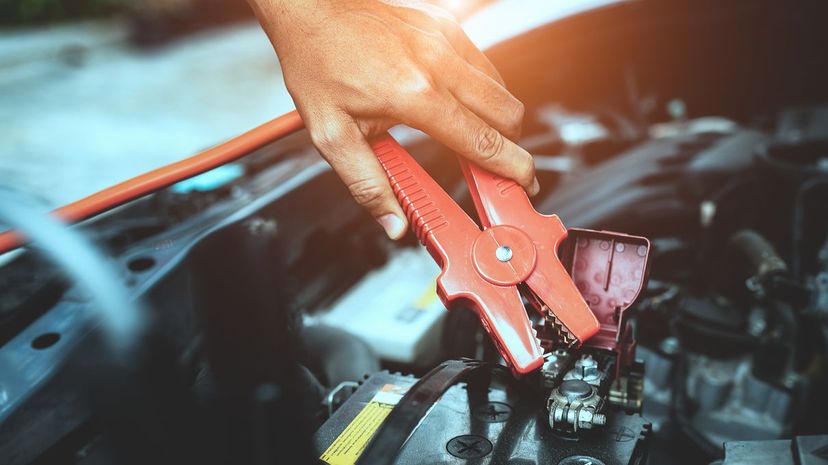
Connect the jumper cables (wear rubber gloves and eye protection) and start the car doing the jumping. Leave the cars connected for 5-10 minutes to let the dead battery charge before attempting to start it. Once it starts, be sure to run it at above-idle revs for a while to charge the battery.